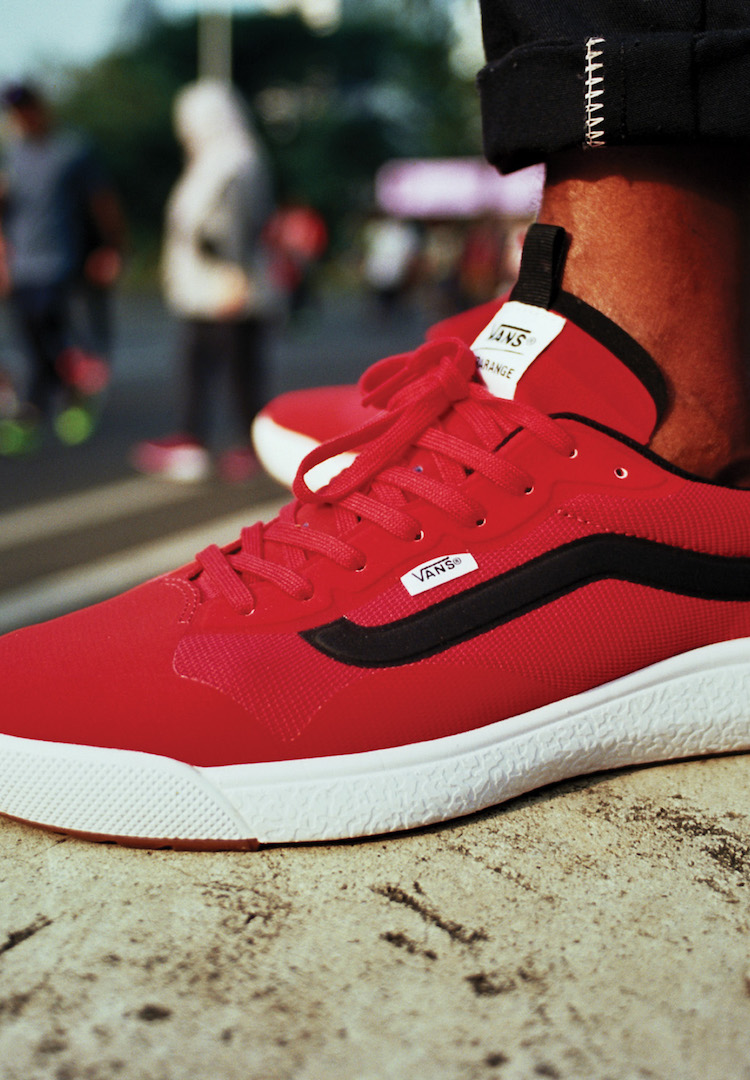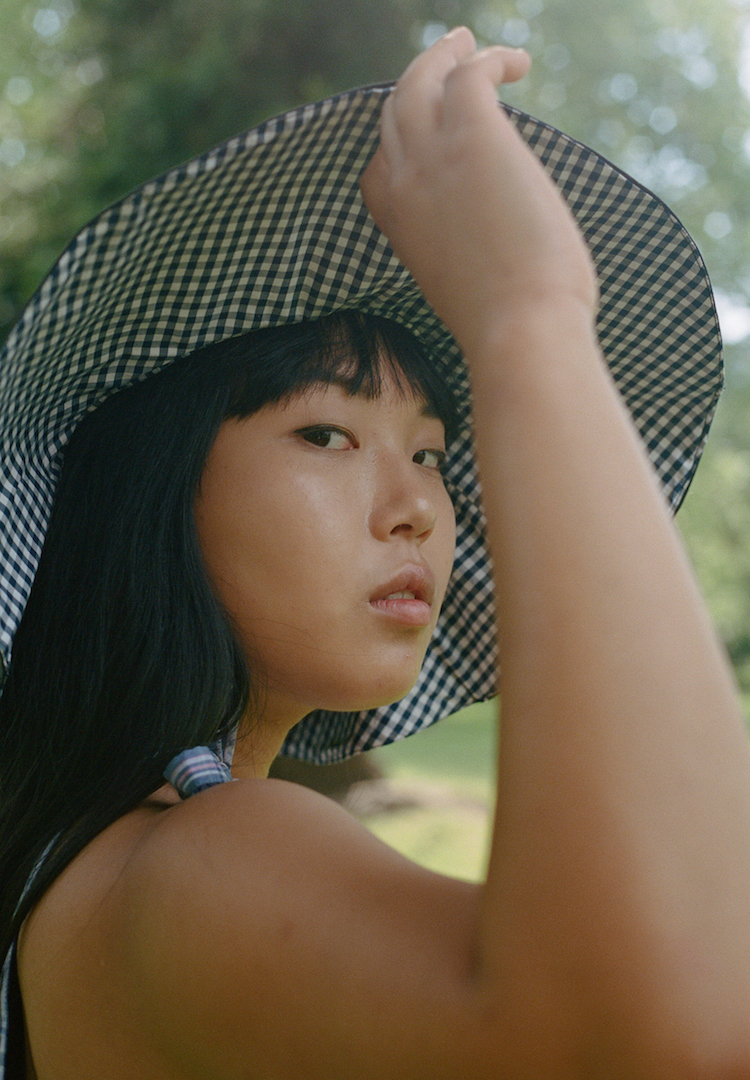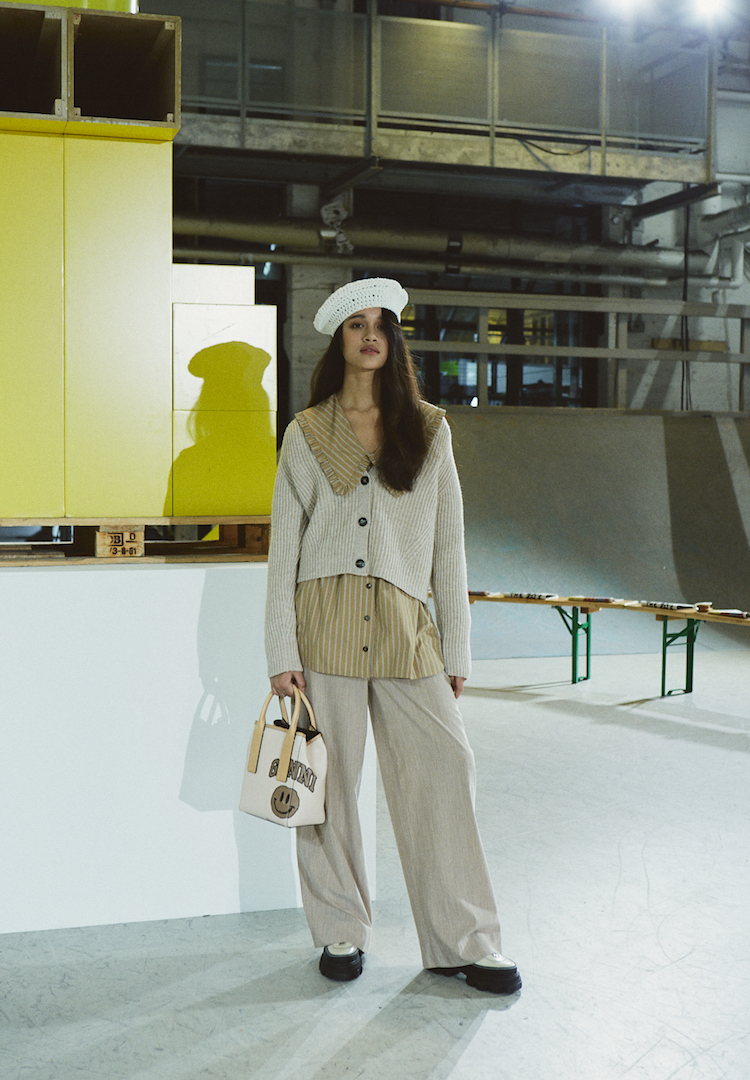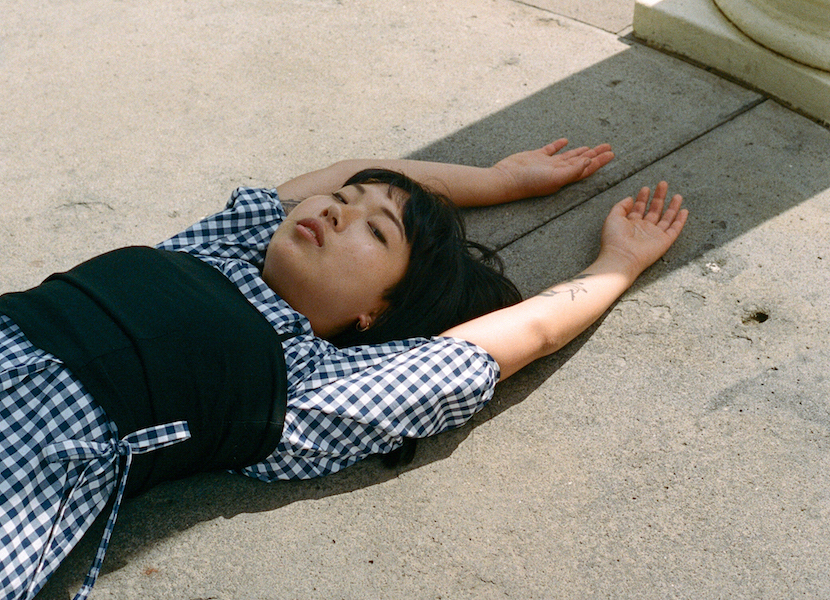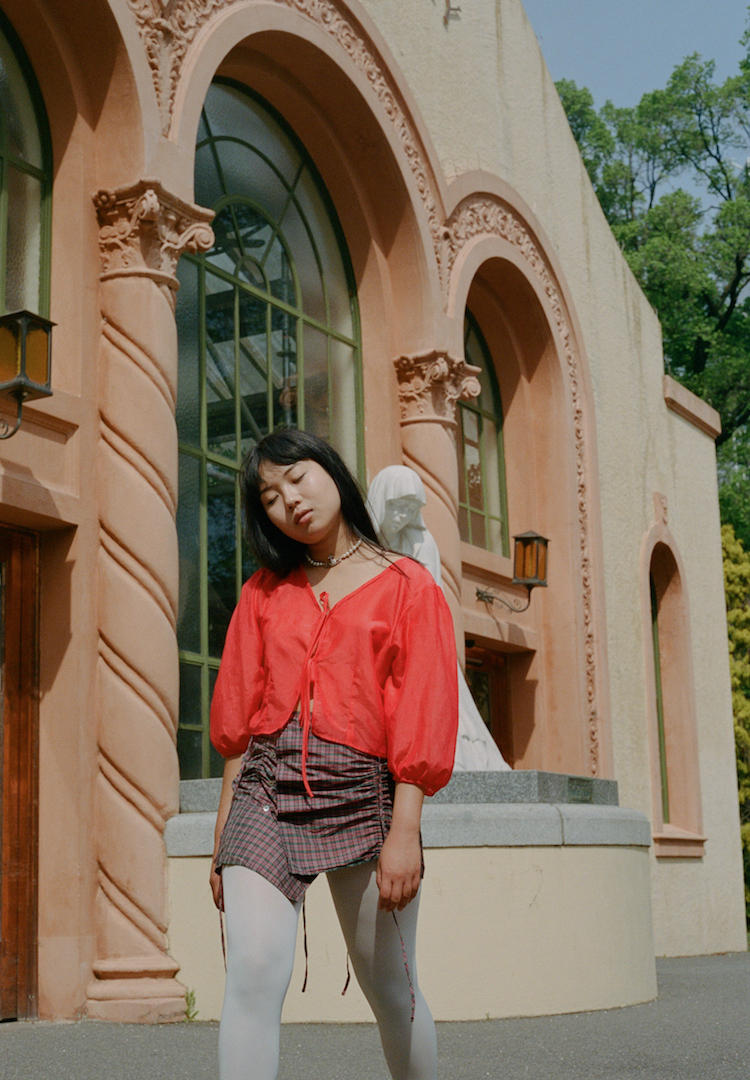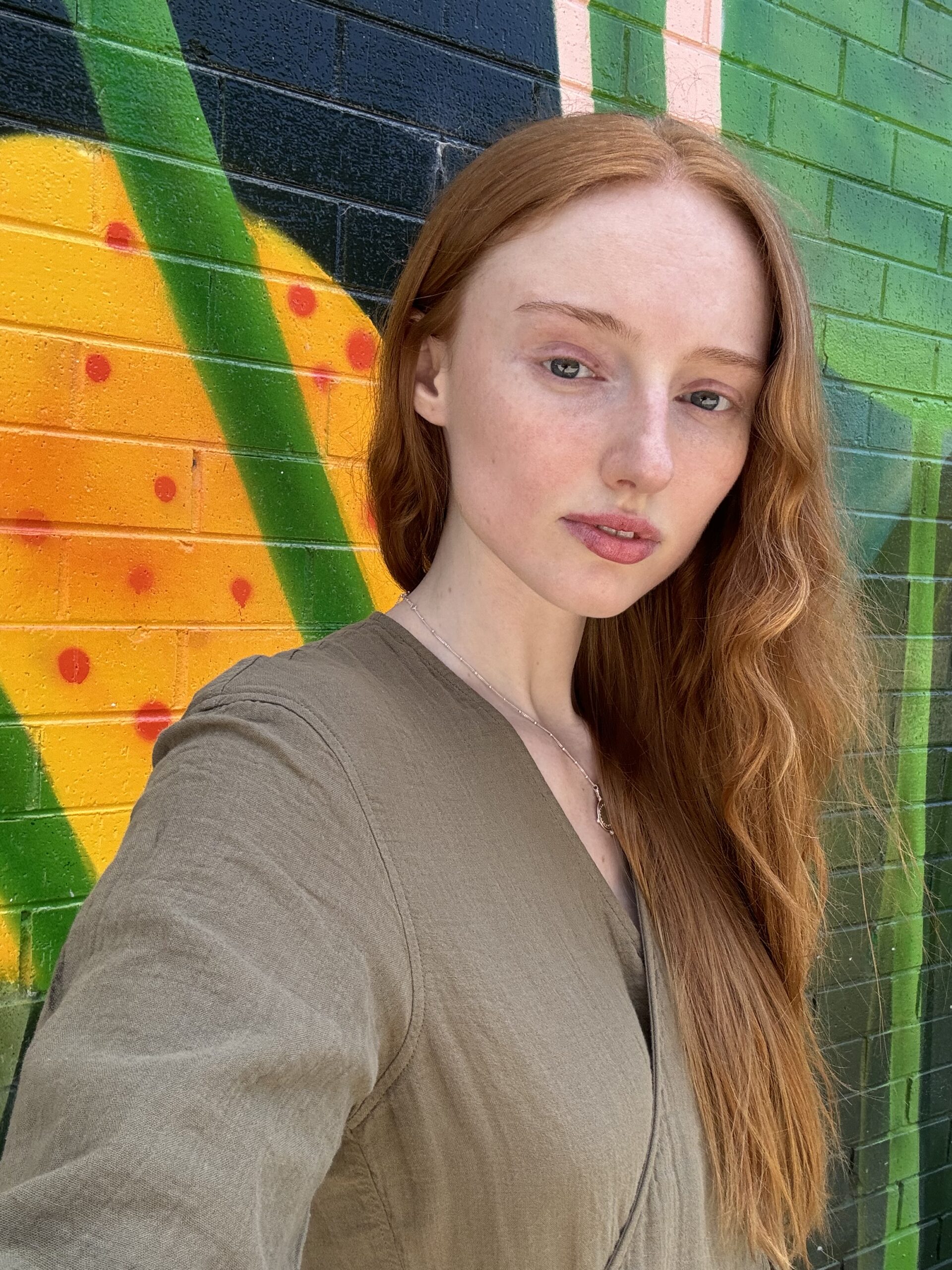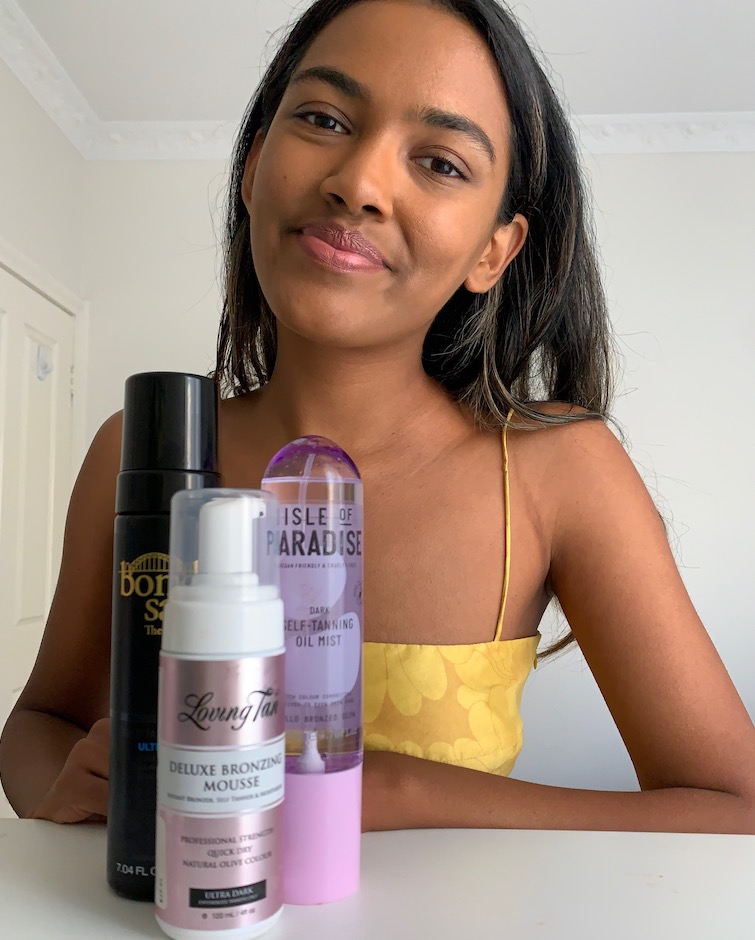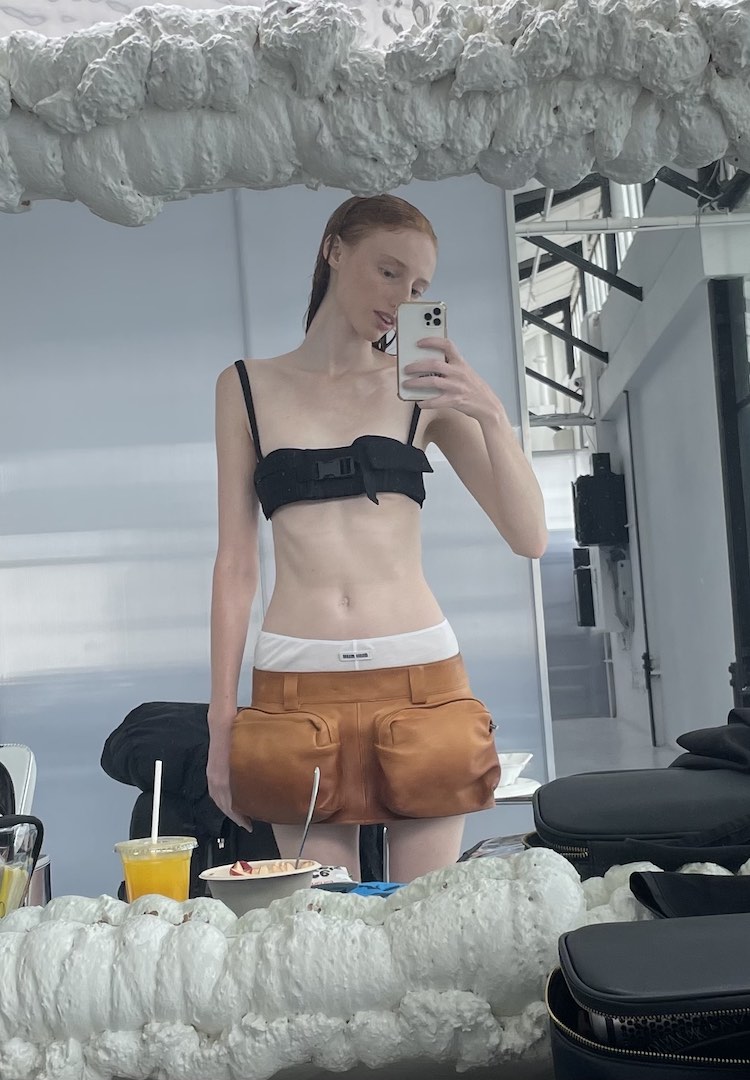People of colour speak up about navigating the fashion industry
Images by Nicole Wong
Styling by Cheryn Ter
Words and modelling by Maki Morita
Fashion is one of the places where idealised bodies are presented to us in the most obvious and deafening ways. Until recently, everyone in ads, on screens and walking runways were thin, cis-gender, white, and able-bodied. Fashion was an exclusion zone for most of the population, with only a small percentage deemed ‘beautiful’.
Thankfully, the time has come where this is no longer the case, with ‘diversity’ becoming a key term in the industry. So-called ‘diversity’, however, doesn’t come without its mishaps and misunderstandings. You can call us cynics, but questioning to what extent public moves towards cultural diversity are genuine is an important part of creating a more inclusive fashion culture.
Last year’s Elle Germany scandal shows us how models of colour can be misrepresented or treated like some sort of ‘trend’. Before that, Who Weekly published a photo of model Flavia Lazarus in an article profiling a different model, Adut Akech. The issue affects designers too – like Asia Hassan – who told us how the hijabs she dressed her models in were removed without her consent at a prominent Australian fashion event.
As a Japanese-Australian that has dabbled in modelling myself, I’ve seen firsthand how everyday microaggressions can seep into professional industries. At one photoshoot, the designer repeatedly commented on how ‘unique’ I look, which must be due to my ‘Asianinity’ (what exactly this made-up word means, I’m still not sure). On another shoot, the photographer suggested that we should work together again to do a “Japanese-y themed shoot around Chinatown” and that I could wear “a kimono type of thing”. Obviously, I wasn’t thrilled about the idea.
Talking to other people of colour in the industry reveals how widely this issue of exoticisation has spread. Karen*, a Maōri-Australian model, relates an incident at a flower show where she modelled for a designer that makes wearable floral pieces. In front of an entire audience, the designer presented a look on Karen that she described as being ‘tribal’. The designer then asked the dreaded “Where are you from?” question, so Karen explained her Maōri roots. Despite her perfectly apt response, the designer jokingly insisted that she must be from the Amazon, making her feel “exoticised and helpless in the situation, and quite objectified as well”.
More models of colour are appearing in runway shows and fashion editorials than ever before, but is this always a genuine embrace of diversity? Karen feels like people in the industry tend to judge her suitability for a job based on her level of exoticism. “Sometimes I think, oh maybe I’m not dark enough to be the token or light enough to be the norm,” she explains.
Korean-Australian model Su shares similar feelings of being boxed into cultural categories. As her appearance is “very East Asian” she wonders whether people only perceive her as “that exotic girl from that obscure culture.”
Maybe an ideal fashion industry is one without such restricting identifiers. Chinese-Australian fashion designer Odie* wishes that “the boundaries between cultures and countries would be less obvious.” Coming from a different side of the industry, Odie explains how people make cultural assumptions about her design work, as “they associate it with Asian culture automatically.”
Designers that borrow from a particular culture’s aesthetic may be attempting to show cultural appreciation. However, insufficient research can turn this into a clear act of cultural appropriation. During the flower show presentation, Karen explains how the designer didn’t specify any particular ethnic groups when discussing her ‘tribal’ designs, as she was making blanket references to Africa while likening her to tribes from the Amazon. “She was like, ‘You look like this kind of tribal, but I’m just going to dress you up like this other kind of tribal’,” Karen recounts.
Su points out how many brands have sexualised East Asian garments such as the cheongsam and kimono, when they aren’t traditionally intended to look sexy or provocative by any means. Similarly, the chopsticks-as-a-hairpiece trend is an ironic phenomenon considering people such as Su have “grown up bullied and subjected to racist commentary about using chopsticks”.
I certainly remember feeling embarrassed to bring out chopsticks at school lunchtimes, as my classmates would either think it was weird or make patronising comments about how ‘cute’ I was. Now, however, it has been normalised to use them as a fashionable prop without understanding the implications of doing so. Su explains that “in Korea, at least, it’s really disrespectful to do that”.
Despite Karen’s obvious discomfort with her experience at the show, the designer didn’t seem to perceive her actions as being wrong or culturally insensitive. “I was like, ‘Ugh, you just did everything that I hate in white people’,” Karen stresses. “Whether you meant it or not.” The obliviousness is perhaps the most offensive part.
While designers may have good intentions, how can they create clothing inspired by other cultures in ways that are not disrespectful? Odie thinks that “it doesn’t matter what the designer’s intentions were. If the model feels hurt, then that needs to be dealt with… there should be no excuse for it.” She believes more opportunities should be made for models to speak up when they perceive something as being culturally insensitive, as “people often don’t care what the model actually thinks.”
For Su, it’s about making an effort to understand the culture and not assuming anything. “Assumption is the most insensitive and ignorant thing that I can think of,” she declares. A good example of culturally-informed fashion design is the collaboration between local brand Gorman and the artists of the Mangkaja Arts Centre in the Kimberly region of Western Australia, where the designers worked closely with the artists over a two year period to bring their designs to life. The designs made their runway debut at Darwin Aboriginal Art Fair and campaign images were shot among the artist’s physical pieces hanging in the Museum of Contemporary Art Australia, placing the art and the Indigeneity of its artists at the centre of the promotion around the collaboration. Su discusses how the results of this sort of careful research can make all the difference, as “it really shows” in the final designs and photoshoots.
Cultures can be represented through fashion in thoughtful and respectful ways, it’s just a matter of doing it in the right way. As Odie explains, in terms of “trying to understand other cultures and finding inspiration from other cultures, there’s a process towards it.” And this process is vital on the receiving end, as it has a significant impact on body image and identity in young POC. While we’re going in the right direction, the momentum has to continue and grow bigger every day.
As Karen points out, “I’m still grateful that we’re in the game, but on the darker side we still have a little way to go.”
*Name has been changed.

